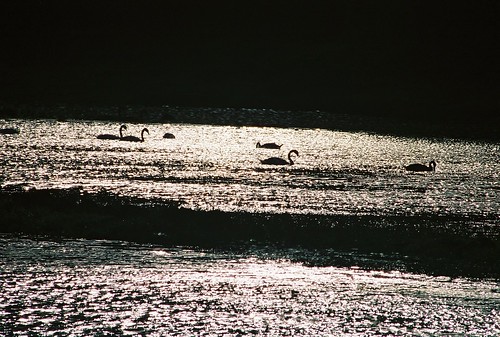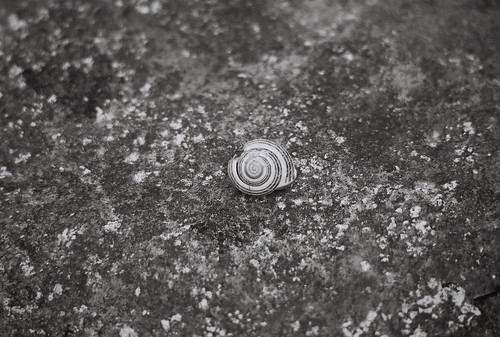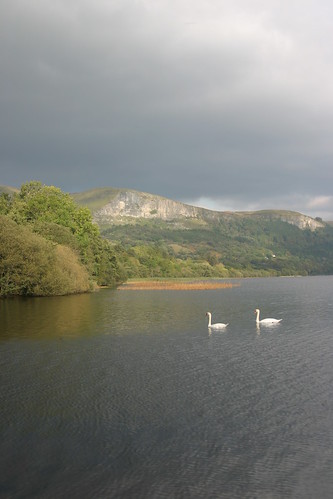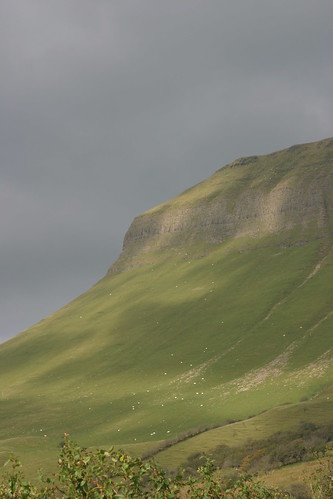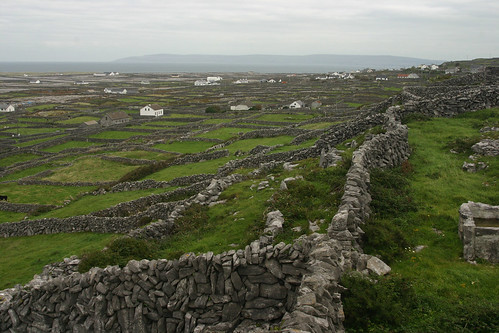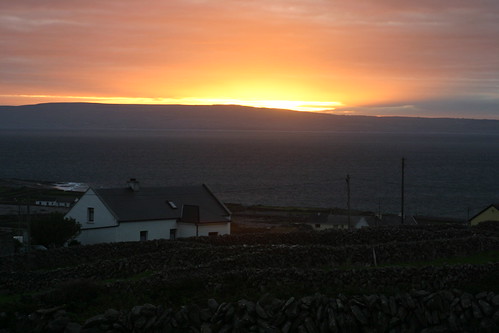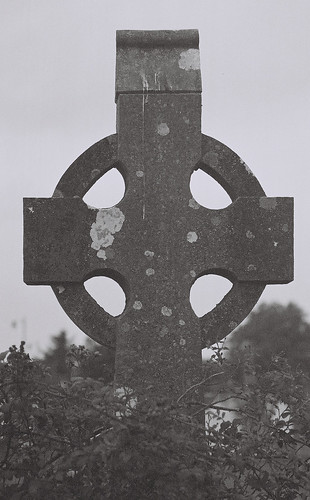I am very pleased to present one of my very favorite books I've read this year, written by our very own Literary Travel Editor, Robert Todd Felton. His book, A Journey into Ireland's Literary Revival, published by Roaring Forties Press, is an intriguing read. Filled with beautiful photos and a sense of place that is rare to fine, the book searches for both people and place, in time. Whether exploring Coole House or Lough Gill, this book makes me long to both read more, in the Irish Literary Tradition, or explore more of Ireland, as the author did! We were lucky enough to sit down and talk with Todd about his book, Ireland, and more. Here's what he had to say...
WE: Please tell us about your book, A Journey into Ireland's Literary Revival...
RTF: A Journey into Ireland's Literary Revival is a literary travel guide -- part of Roaring Forties Press ArtPlace series. It is a guide to the places in Ireland that helped inspire poets like William Butler Yeats and playwrights like John Millington Synge and Sean O'Casey. It covers Lady Gregory's Coole Park estate and George Moore's Moore Hall in County Mayo, as well as Dublin, County Wicklow, the Aran Islands, Galway and Sligo.
Wild swans of Coole
WE: What led to your interest in the Irish Literary Revival?
RTF: Much of my graduate work was in Irish literature. From the start, I was captivated by the lyricism of Irish writers, especially when they were describing the land. As I read and studied further, I became increasingly interested in their agenda -- how Irish writers used the land to portray vastly different facets of the Irish experience.
A Snail's Shell Set off against the Granite Rocks of the Aran Island of Inis Meain
WE: What research did you do, for the book? The photos and illustrations are amazing - can you tell us more about that?
RTF: I generally take all of the photographs for my books and this was no exception. I was very fortunate to spend nearly two weeks photographing Ireland, and, of course, it was not nearly enough. I could have spent two weeks on Inis Meain alone. For the archival images, I scoured books, museums, old postcards, and online stock for the right set of images. For many of the images, I had to hunt down who had the rights to it and pay a fee for the use. It is difficult and time-consuming; I think I may have taken 10 years off the life of my publisher, Deirdre Greene, who had to shepherd me through the process.
For the text research, I began by reading and rereading much of the literature. I got out my complete editions of Yeats' poetry and Synge's plays, as well as many anthologies of Irish Revival works as I could get my hands on. From there, I read secondary sources, online information, and supplemented with my visits to the places.
Two Swans on Glencar Lake on the border between County Sligo and County Leitrim
WE: Did the Irish Literary Revival do what it intended to do, i.e., bring back an Irish sense of self, nation, pride?
RTF: As with many literary movements, the Irish Literary Revival was not a uniform school of thought about what should be done and why. For some, like Yeats and Lady Gregory, this was all about getting Irish themes and works acknowledged by the world as worthy of a literary reputation. For others, the Irish Literary Revival was linked to the movement towards Irish political independence from England. On both counts, you could count the Irish Literary Revival as successful: there is a world-wide recognition of an Irish literary and cultural tradition spanning centuries and most of Ireland stands as a separate, independent country. However, it is obviously much more complicated than that.
The mountain, Ben Bulben, at the foot of which William Butler Yeats was buried
WE: What role does literature and theater play in contemporary Irish culture? How much of this is due to the Irish Literary Revival?
RTF: Irish theater and literature is a vibrant and multi-faceted force weaving in a variety of stories and perspectives, due, in part to the role played by the writers of the Irish Literary Revival, but more due to the brilliance and creativity of such writers like Seamus Heaney, Brien Friel, and Martin McDonogh.
The island of Inis Meain, made famous by Synge
WE: Ireland possesses such a unique culture (including storytelling), and sense of place. Is the sense of history something that was felt back then, or is it a more recent phenomenon?
RTF: In my completely and unabashedly unscientific study, I have found that many cultures that have been oppressed are excellent story tellers, and the longer they have been oppressed, the better they are. That is no way an endorsement of oppression in the name of art, the Irish have both a wonderful store of tales and a passionate commitment to their island. Add to that a richness of language that comes from the intermingling of English and Gaelic, a grand musical tradition, and frequent doses on beer and whiskey, and it makes for grand storytelling.
Aran Sunrise
WE: Is there anything else you'd like to share with us?
RTF: Yes, I guess that I'd urge your readers, wherever they travel, to think about the stories connected with the land. Every corner of this world has stories connected to it and being open to those stories, whether the published, world-famous kind or the ones told over a table in a back room, makes travel that much better.
Oh, and that my books make great holiday gifts. The Irish one is perfect for Saint Patrick's day, as well...
Thanks so much for having me.
WE: Thank you, Todd! I appreciate the time you've taken to share this incredible book with us. He's written an extraordinary article for us about writing and researching this book, entitled To the Edge of Europe in Search of Literature - be sure to read it!
For more information, please see Todd's site:
Irish Cross
All photos courtesy and copyright of R. Todd Felton.
Note: this article was originally published in 2008, and updated in 2018

